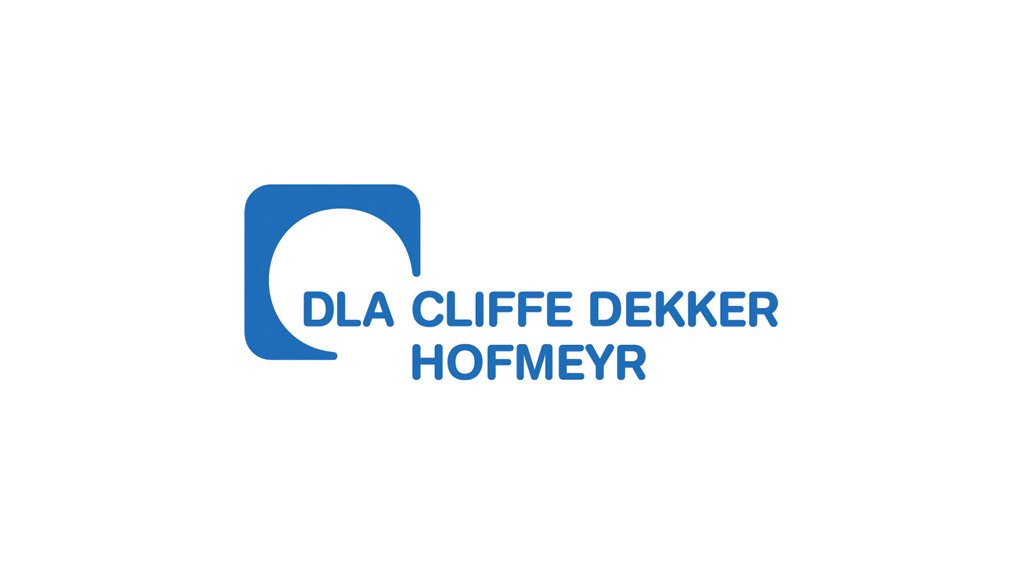Draft Guidelines have been published to provide for circumstances under which an environmental offset may be considered under the National Environmental: Air Quality Act (Draft Offset Guidelines).
Environmental offsets are generally defined in the Draft Offset Guideline as "measures that counterbalance, counteract or compensate for the adverse impacts of an activity on the environment." In an air quality context it is envisaged that the offset will counterbalance the adverse environmental impact of atmospheric emissions in order to "deliver a net ambient air quality benefit within the affected airshed /s".
The Draft Offset Guidelines propose offsets may be considered as conditions to approvals for applications submitted for:
■ postponement of compliance timeframes under s21 of the National Environmental: Air Quality Act;
■ variation of an atmospheric air emission licence (AEL) where the variation will result in an increase in atmospheric emissions; and
■ an AEL in areas where National Ambient Air Quality Standards are being or are likely to be exceeded.
The Draft Offset Guideline further propose the following underlying principles for the implementation of the environmental offsets:
■ It is outcome based. The implementation and evaluation of the offset should be based on the overall improvement of air quality and other positive outcomes. The ability of the proposed offsets to improve air quality must be demonstrated.
■ No "like for like". The offset projects should address pollutants whose ambient concentration are of concern in an area and not where a specific facility is of concern.
■ Additionality. The offsets should not be seen as a substitute for the efforts that can be made to reduce emissions but as an additional measure.
■ Sustainability. The offset projects should achieve long term air quality improvement without adversely affecting other socio-economic and environmental objectives.
■ Measureable and scientifically robust. Offsets should reflect actual emission reductions and not inaccurate accounting of emissions.
Under the Guidelines, an applicant is responsible for identifying, securing and managing offsets programmes and must demonstrate financial capability for their implementation. The approval of offset programme will require a public participation process and applicants will have to submit monitoring and progress reports to confirm compliance with the programmes.
Written by Sandra Gore, Director and Tracy-Lee Erasmus, Senior Associate, Environmental practice, Cliffe Dekker Hofmeyr
EMAIL THIS ARTICLE SAVE THIS ARTICLE
To subscribe email subscriptions@creamermedia.co.za or click here
To advertise email advertising@creamermedia.co.za or click here











